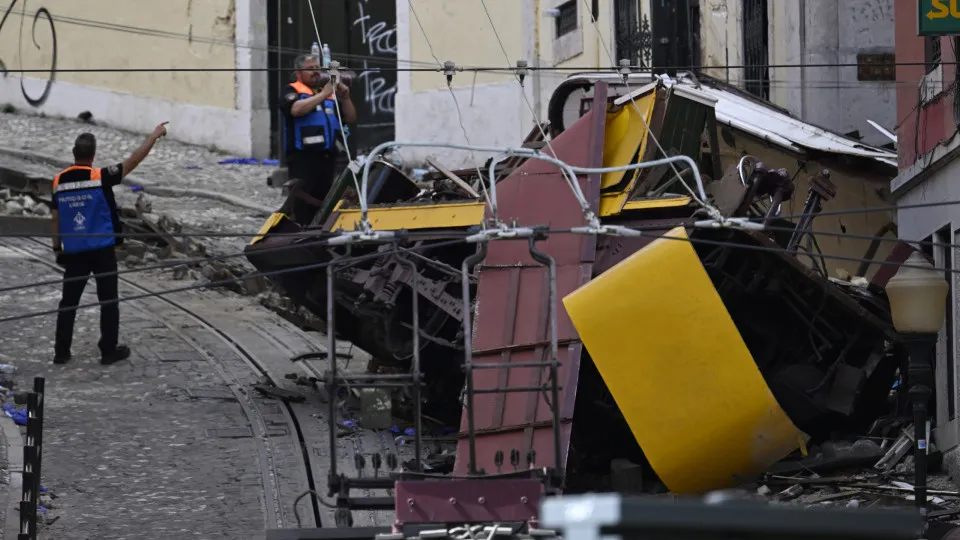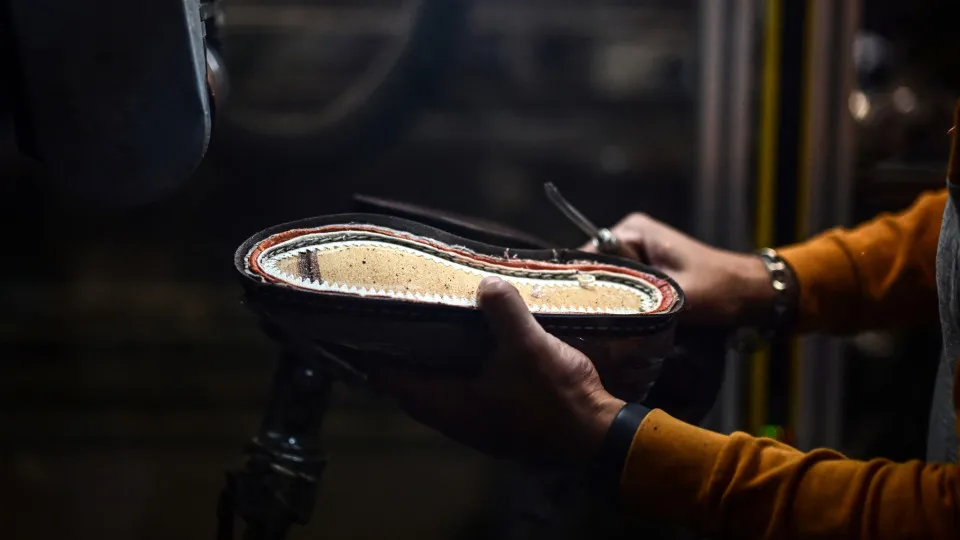
“Any conclusions at this stage would be premature, but what we can confirm is that the Elevador da Glória underwent an inspection on Wednesday morning [September 3], during which it was deemed to be in suitable operating condition,” notes a statement sent to the Lusa agency by the lawyer for MNTC – Serviços Técnicos de Engenharia, Lda.
In an initial response after the derailment of one of the cabins shortly after 6:00 PM on Wednesday, which caused 16 deaths and 22 injuries, the company contracted by Carris to ensure the elevator’s maintenance acknowledged cooperating with authorities.
“This is a moment of great pain and consternation, and MNTC has been collaborating with authorities from the very first instance to quickly determine the causes of the accident and provide answers to the families of the victims, to whom I express my deepest condolences,” states the communication signed by lawyer Ricardo Serrano Vieira.
The cable connecting the two cabins of the Elevador da Glória “gave way at its attachment point” of the derailed carriage, revealed the Office for the Prevention and Investigation of Aircraft and Rail Accidents (GPIAAF).
“From the on-site debris study, it was immediately found that the cable connecting the two cabins gave way at its attachment point within the upper housing [interlocking piece] of cabin No. 1 (the one that commenced the journey at the top of Calçada da Glória),” states the Information Note (NI) from this public body, published today and accessed by the Lusa agency.
The GPIAAF indicates that the maintenance plan for the Elevador da Glória was “up to date” and that a programmed visual inspection took place on the morning of the accident, which detected no anomalies in the cable or the braking systems of the two carriages.
According to this body, “the elevator is subject to a maintenance plan to be fulfilled by the service provider, which involves various levels of intervention with differentiated periods, according to the scope and extent of the interventions.”
The investigation found that the brake operator of the derailed elevator activated both the automatic and manual brakes to try to stop the descending movement, but these actions were ineffective, and the carriage continued accelerating until it derailed 170 meters later.
The GPIAAF estimates that the elevator carriage’s impact against a building occurred at “a speed of around 60 kilometers per hour” and that the entire event happened “in less than 50 seconds.”
The agency notes that the Glória elevator travels 276 meters, overcomes a 45-meter elevation difference, with an average inclination of 18%, and its “maximum operating speed” is 11.5 kilometers per hour, taking just over a minute to complete the route.
It consists of two vehicles, referred to as “cabins” and numbered 1 and 2, each weighing about 14 tons and with a capacity for 42 people, 22 of whom are seated and the rest standing, along with the driver (‘brake operator’).
The Glória elevator, classified as a national monument, in its current type and configuration dates from 1914, although over these 111 years, it has undergone various conservation and enhancement interventions, in addition to the regular maintenance defined for each period.




